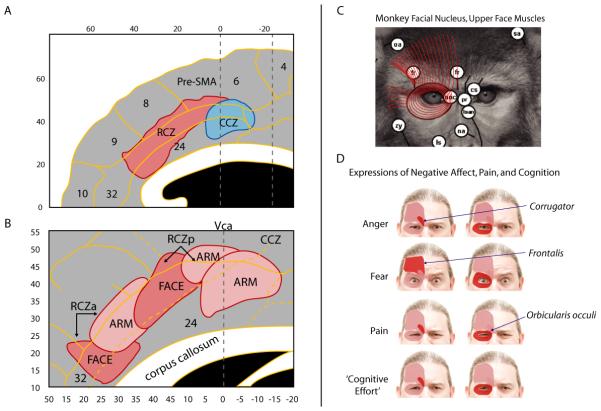Figure 3. Cingulate premotor areas in the human midcingulate cortex (MCC).
A. Locations of the rostral and caudal cingulate zones (RCZ and CCZ)6, 43. RCZ lies in aMCC, whereas CCZ lies at the junction of aMCC and posterior MCC (pMCC) (see Figure 1c). Zone borders are approximations (see also Ref. 44). Adapted with permission from Ref. 6 (for additional information, see the Supplement). B. Somatotopy in RCZ and CCZ based on human imaging studies43. Adapted with permission from Ref. 43 (for additional information, see the Supplement). C. Combined tracing and microstimulation work in macaques indicates that the monkey analogue of the human RCZ projects to the facial nucleus50, 215, allowing it to control the muscles of the upper face (shown in red for the macaque). The facial muscles are largely conserved across primate species216, 217. Adapted with permission from Ref. 216 (for additional information, see the Supplement). D. In humans, the muscles of the upper face have been associated with the elicitation of negative affect (e.g., anger, fear), pain, and consistent with Darwin’s suggestions218 perhaps ‘cognitive effort’ as well (for additional information, see the Supplement).

